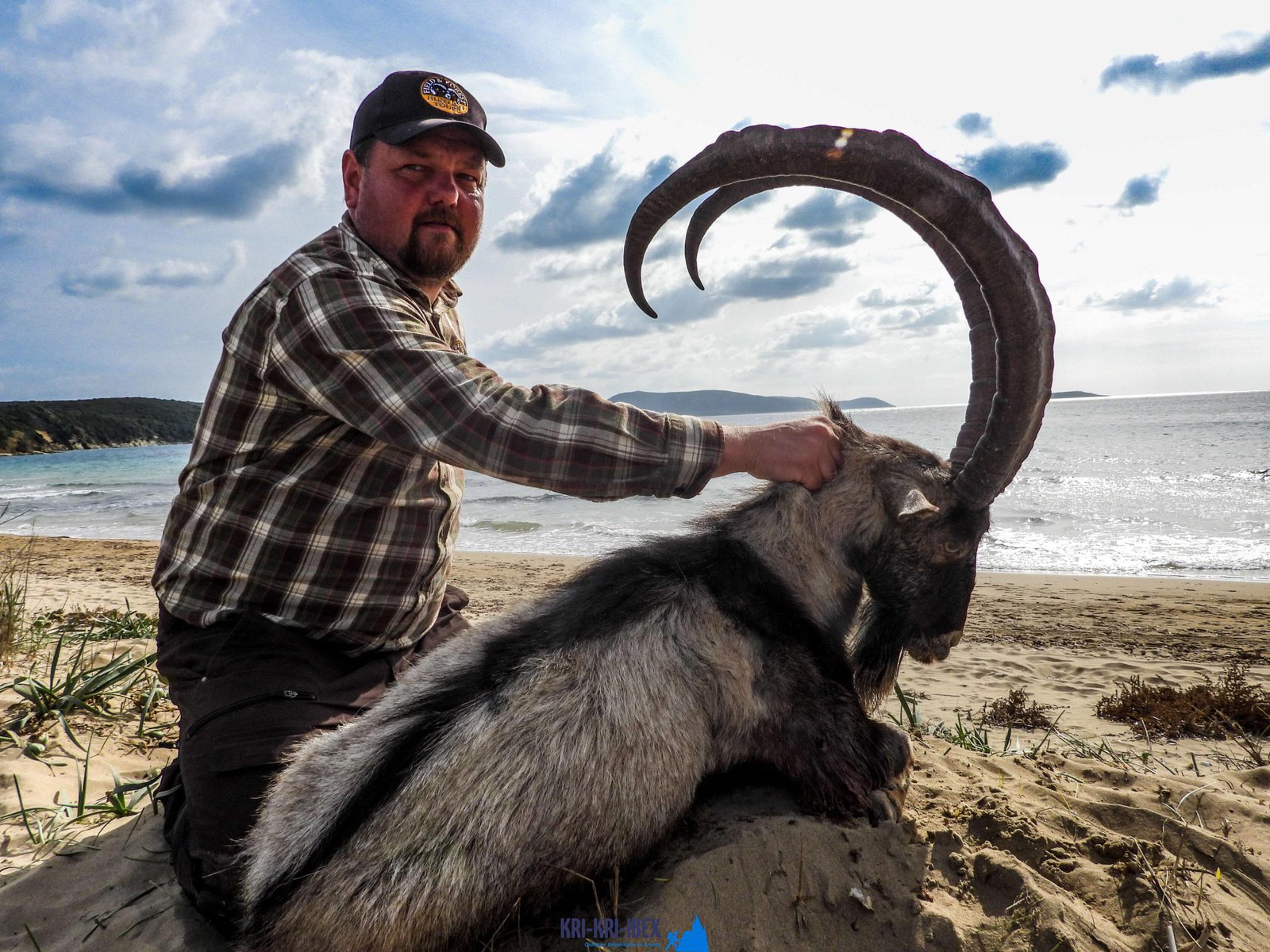Searching Kri Kri ibex, fishing and cost-free diving in Greece
Searching Kri Kri ibex, fishing and cost-free diving in Greece
Blog Article

The ibex hunt is an unbelievable getaway and interesting hunting expedition in Greece. It is not always a tough search as well as unpleasant problems for many seekers. What else would certainly you such as to imagine throughout your trip of old Greece, diving to shipwrecks, and also hunting for Kri Kri ibex on an unique island for 5 days?

Hunting the kri kri ibex in Greece is a difficult task for both worldwide and also regional seekers. Hunting big video game in Greece is limited for worldwide seekers, other than wild boars and roe deer, which might only be hunted in secured searching locations. The kri kri ibex, a rare goat species belonging to Greece, may be hunted on 2 different islands 140 miles east of Athens and 210 miles west of Athens. On these hunts, kri kri ibex as well as mouflon may just be pursued in the early morning and also early afternoon, according to Greek law. Just shotguns are allowed, and also just slugs may be made use of. If you want to go on among these adventures, you have to reserve at the very least a year beforehand. The licenses are offered by the Greek Ministry of Nature and also Agriculture and also are provided by the government. Just serious hunters may take part in these pursues, so the licenses are limited by the government.
On our Peloponnese tours, you'll get to experience all that this amazing area needs to use. We'll take you on a scenic tour of several of one of the most gorgeous as well as historical sites in all of Greece, including old damages, castles, as well as more. You'll additionally get to experience some of the standard Greek culture direct by enjoying several of the scrumptious food as well as red wine that the region is understood for. And of course, no journey to Peloponnese would be total without a dip in the sparkling Mediterranean Sea! Whether you're a seasoned seeker searching for a novice tourist or a brand-new journey simply wanting to explore Greece's magnificent landscape, our Peloponnese tours are perfect for you. What are you waiting for? Book your journey today!
Experience 'Real' Greece with Our Peloponnese Tours. If you're searching for an authentic Greek experience, look no further than our Peloponnese excursions. From ancient damages and also castles to scrumptious food and white wine, we'll reveal you whatever that this fantastic area has to use. So what are you waiting on? Reserve your journey today! Your Kri Kri ibex searching in Greece is right here!
What is the diference between Kri Kri ibex, Bezoar ibex and hybrid ibex
The kri-kri is not thought to be indigenous to Crete, most likely having been imported to the island during the time of the Minoan civilization. Nevertheless, it is found nowhere else and is therefore endemic to Crete. It was common throughout the Aegean but the peaks of the 8,000 ft (2,400 m) White Mountains of Western Crete are their last strongholds–particularly a series of almost vertical 3,000 ft (900 m) cliffs called ‘the Untrodden’—at the head of the Samaria Gorge. This mountain range, which hosts another 14 endemic animal species, is protected as a UNESCO Biosphere Reserve. In total, their range extends to the White Mountains, the Samaria National Forest and the islets of Dia, Thodorou, and Agii Pandes.
This Ibex is NOT a diminutive form of the Bezoar Ibex, which has migrated into the western-most reach of the range of this species. The kri – kri (Capra aegagrus cretica), sometimes called the Cretan goat, Agrimi, or Cretan Ibex, is a feral goat inhabiting the Eastern Mediterranean, previously considered a subspecies of wild goat. The kri-kri has a light brownish coat with a darker band around its neck. It has two horns that sweep back from the head. In the wild they are shy and avoid tourists, resting during the day. The animal can leap some distance or climb seemingly sheer cliffs.
“The agrimi goat Capra aegagrus cretica is unique to Crete and its offshore islands. It has been identi®ed as a sub-species of the wild bezoar goat Capra aegagrus aegagrus Erxleben, 1777, which it closely resembles in horn shape, body form and coloration. This classi®cation has been disputed by some researchers who claim that the agrimi are feral goats, derived from early domestic stock brought to the island by the ®rst Neolithic settlers. In order to clarify this issue, DNA analyses (cytochrome b and D loop sequences) were carried out on tissue of live and skeletonized agrimi and compared to sequences of wild and domestic caprines. Results conclusively show the agrimi to be a feral animal, that clades with domestic goats (Capra hircus) rather than with wild Asiatic bezoar. This study demonstrates that morphometric criteria do not necessarily re¯ect genetic af®nities, and that the taxonomic classi®cation of agrimi should be revised.”
Report this page